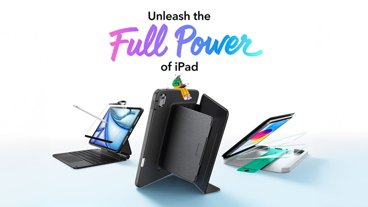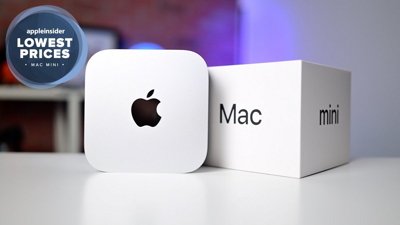Apple's new 12-inch MacBook and 13-inch Touch Bar MacBook Pro models are essentially unchanged from their predecessors apart from performance boosts, according to teardowns published on Thursday.
The biggest design change, in fact, is that the 12-inch MacBook now uses a second-generation butterfly keyboard like the one in 2016 Pros, repair firm iFixit said. The tweak should make keys more responsive.
iFixit scored both of the test machines a 1 out of 10 on its repairability scale, noting that as before, the CPU, RAM, and flash memory are soldered to the logic board, making user replacements impossible. Batteries, meanwhile, remain glued-down, and the Pro's Touch Bar is said to "add a second screen to damage" without a way of safely removing it.
The situation contrasts with a teardown of this year's new iMacs, which found they were actually easier to upgrade than previous models, if still difficult because of the steps needed to get inside.
Both the 12-inch MacBook and 13/15-inch Touch Bar MacBook Pro lines now use Intel's Kaby Lake processors, and/or faster AMD Radeon GPUs. Prices start at $1,299 for the basic MacBook, and $1,799 for a 13-inch Touch Bar Pro. A 15-inch Pro is at least $2,399.
 Roger Fingas
Roger Fingas









 Wesley Hilliard
Wesley Hilliard
 Amber Neely
Amber Neely
 Marko Zivkovic
Marko Zivkovic
 Malcolm Owen
Malcolm Owen
 Andrew O'Hara
Andrew O'Hara
 Christine McKee
Christine McKee











23 Comments
"as before, the CPU, RAM, and flash memory are soldered to the logic board".
Apple should use standard ports and components, not soldered. And why is the very same make and model of RAM purchased from Apple Store two to three times more expensive than in retailers like Amazon?
Why haven't they given it a score of 0? Does it get a 1 because you can actually open it, or does the iFixit's server crash if they try saving a 0?
The big advantage of Kabylake will be better battery life and faster graphics when the Mac is not equipped with or not engaging a discrete (Radeon) GPU, but Kabylake is also vital if somehow you're doing 10-bit (as opposed to 8-bit) HEVC compression; otherwise I think it's just a small performance gain (under 300MHz).
But...besides the faster on-chip graphics in the Kabylake processor, those new top of the line MBPs also come with Radeon 5xx mobile GPUs that are much faster than the previous generation's Radeon 4xx mobile GPUs. While a faster built-in GPU would be great for visually interacting with data or gaming on-the-go, when back at your desk, you would probably want to use a desktop-class GPU anyway (connected via Thunderbolt 3 using one of the new kits) thus negating any real value of the newer models' 5xx mobile GPUs.
Just bought a new MacBook Pro 13" touch bar a month ago and I'm happy that the latest one which launched few days ago is not that much different from mine.
Actually quite its happy about it 😃